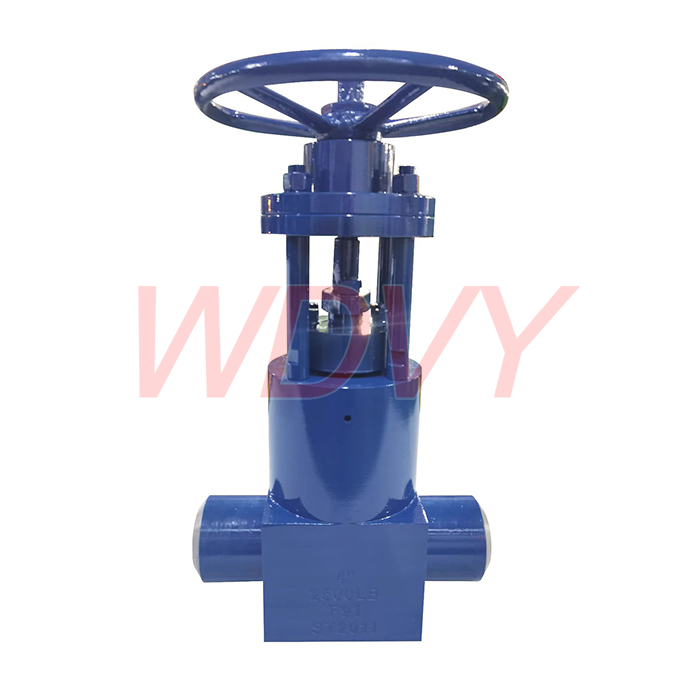In the realm of information management, two key concepts often come into play: Enterprise Content Management (ECM) and Product Content Management (PCM). While they may seem distinct at first glance, a deeper analysis reveals an intriguing relationship between the two. In this blog post, we will delve into the question: Is ECM part of PCM? By exploring their interconnectedness, we aim to provide a comprehensive understanding of how these two disciplines complement each other and contribute to organizational success.
- Defining ECM and PCM:
Before we can establish their relationship, it is crucial to define ECM and PCM individually. ECM refers to the strategies, tools, and processes used to capture, store, manage, and deliver an organization's content and documents. It encompasses document management, records management, workflow automation, and collaboration. On the other hand, PCM focuses specifically on managing product-related content, such as product descriptions, specifications, images, and marketing materials, throughout the product lifecycle. - Overlapping Objectives:
While ECM and PCM have distinct scopes, they share common objectives that highlight their interconnectedness. Both disciplines aim to enhance information accessibility, improve collaboration, ensure regulatory compliance, and optimize content workflows. ECM achieves this by providing a centralized repository for all types of content, while PCM focuses on organizing and enriching product-specific content. The synergy between the two lies in their shared goal of efficient content management. - Integration and Data Exchange:
To fully comprehend the relationship between ECM and PCM, it is essential to explore how they integrate and exchange data. ECM systems often serve as the foundation for PCM, providing a robust infrastructure for storing and managing product-related content. By integrating PCM with ECM, organizations can leverage the benefits of a unified content management ecosystem. This integration enables seamless data exchange, ensuring that product content is readily available to stakeholders across the organization. - Leveraging ECM Capabilities for PCM:
ECM brings a range of capabilities that can significantly enhance PCM processes. For instance, ECM's advanced search and retrieval functionalities can empower PCM users to quickly locate and access relevant product content. Additionally, ECM's workflow automation capabilities can streamline the creation, review, and approval processes involved in managing product content. By leveraging ECM's capabilities, PCM can achieve greater efficiency and accuracy in content management. - The Role of Metadata:
Metadata plays a crucial role in both ECM and PCM. In ECM, metadata helps categorize and classify content, making it easily discoverable. Similarly, in PCM, metadata enriches product content by providing additional information, such as product attributes, categories, and relationships. The integration of ECM and PCM allows for the seamless exchange of metadata, ensuring consistency and accuracy across the entire content ecosystem.
Conclusion:
In conclusion, while ECM and PCM are distinct disciplines, they are intricately connected in the realm of content management. ECM serves as the foundation for PCM, providing the infrastructure and capabilities necessary for efficient product content management. By integrating ECM and PCM, organizations can unlock the synergistic benefits of streamlined workflows, enhanced collaboration, and improved content accessibility. Embracing this relationship can empower organizations to achieve greater efficiency and success in managing both enterprise-wide and product-specific content.








+ There are no comments
Add yours